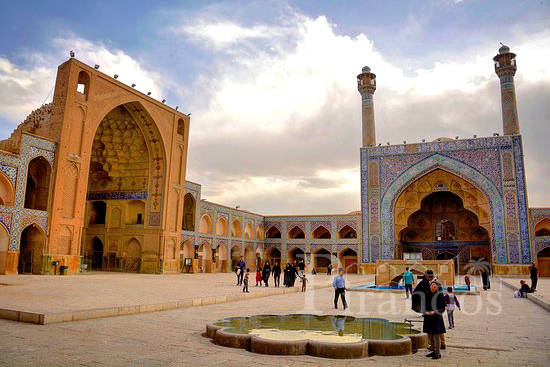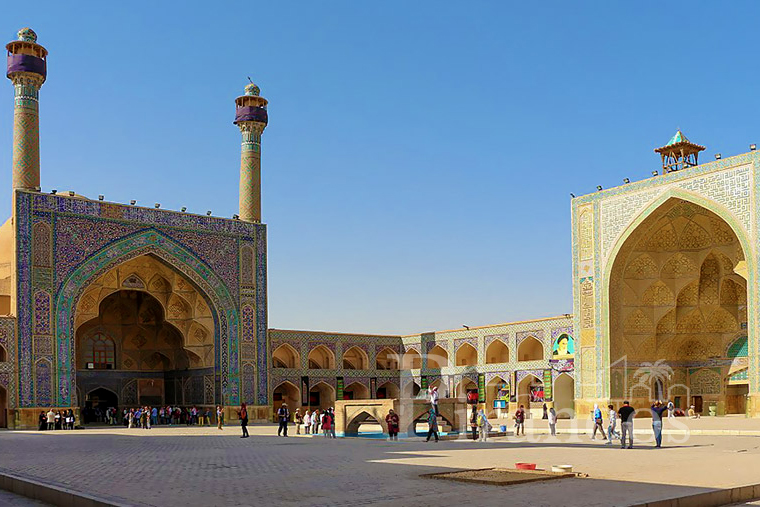Isfahan Jame Mosque, also known as the Atigh (old) Jame Mosque or Isfahan Jom-e Mosque, is one of the greatest monuments of Isfahan city dating back to the second century AH. Jame Mosque is considered as the oldest post-Islamic monument in Isfahan. The current facade of the mosque is mainly related to the Seljuk period, but its renovations and extensions are related to later periods, especially the Safavid era. However, archaeological excavations have also uncovered artifacts from the Buyid dynasty period and the third century AH. In the same studies, pre-Islamic works have also been discovered. It indicates that this mosque may have been an important religious center of Isfahan before the Arab domination of the city and used as one of the fire temples (the place of worship for Zoroastrians) in Isfahan. The various sections of the Isfahan Mosque, which have been added to the World Heritage List at the last meeting of the UNESCO World Heritage Committee, have been built nearly 2,000 years ago and have been undergoing renovation or renovation during these years. This monument is now thousands of years old and it is said that the most important developments in its structure have been formed during the period of Albuieh and afterwards during the Safavid rule over Iran.
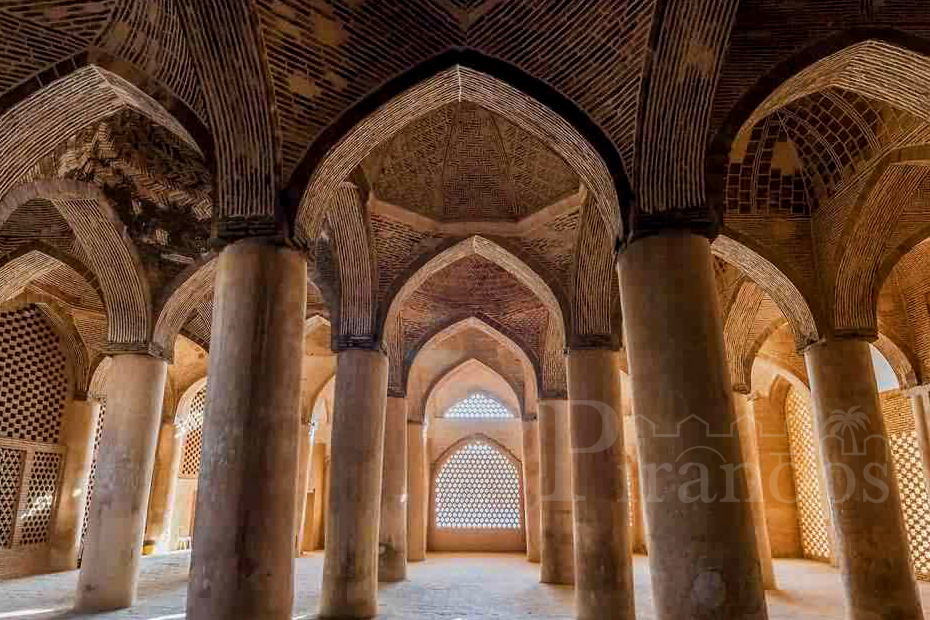
The architecture of the mosque has unique features that distinguish it from other mosques in Iran. Isfahan Jame Mosque, built on a four-porch design, is one of the best known mosques in the world today because its artistic and architectural innovations of the Islamic art. These porches (Ivan) are called : the Saheb Sofeh at south, the Darvish Sofeh at north, the Ostad Sofeh at west and the Shagerd Sofeh at the east side of the mosque. The interior façade of the mosque courtyard (Sahn) and its beautiful tiles date back to the ninth century AH, and the minarets probably belong to the same period.
The passages and streets around the mosque indicate the extensive connection the mosque has with the ancient texture of the city.
As soon as you enter the mosque, you will be amazed. The magical atmosphere of the courtyard and the people praying here and there, the birds drinking water from the Howz (pond), and the long beautiful blue minarets will take you on a spiritual journey through history.
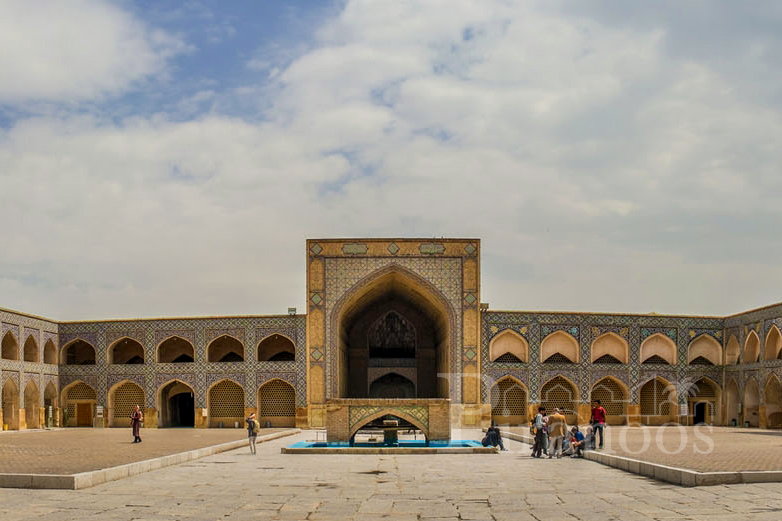
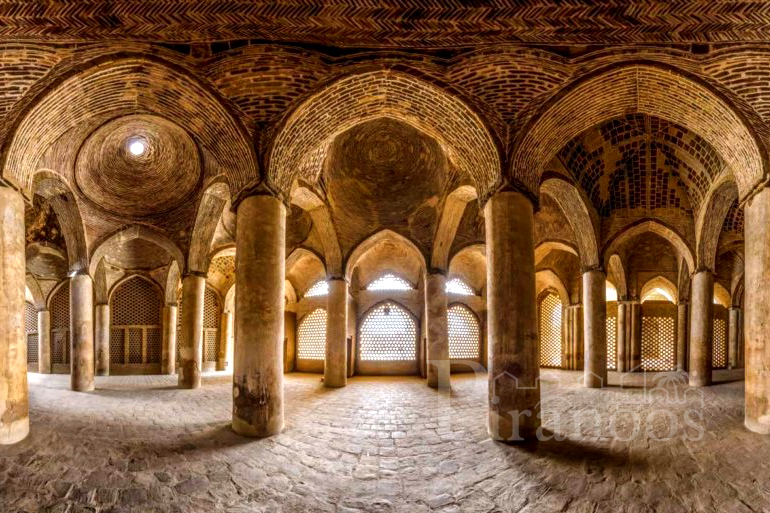
This mosque today contains various sections each represents the evolution of the art and architecture in different post-Islamic periods. In general, the current building of the Isfahan Mosque consists of the following sections:
The Shabestan, the south dome, the north dome, Darvish Ivan (porch), Saheb (the owner) porch, Ostad (the master) porch, the Shagerd (the student) porch, the Oljeitu alter, the winter shabestan called Beit al- shata and the Khaje Nezam al- molk library.
Isfahan Jame Mosque can be considered as one of the mosques with several altars. Among them the Oljeitu alter has a great reputation worldwide as a masterpiece of Iranian art in the early Islamic era. Located at the north of Ostad porch, this shabestan has the most beautiful altar.
The mosque’s shabestan with its fascinating beautiful circular pillars is adorned with enchanting and eye-catching plaster works. This part is from the Daylamites era.
The Isfahan Jame Mosque also contained four Sangabs under the porch. Sangab is a large stone container in the mosques that used to be filled with water and used for ablution or drinking. On the body of these Sangabs you can see ancient inscriptions written in Farsi and Arabic and thulus calligraphy.
